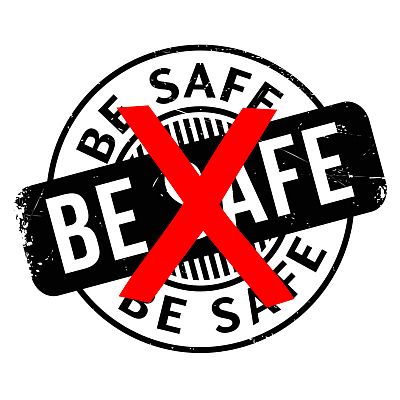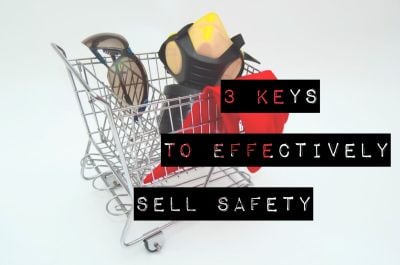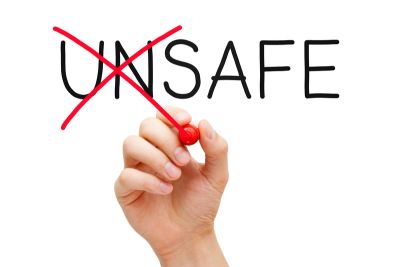
Safety people and supervisors get concerned when their employees won't buy-in to safety. They also complain about employees' lack of engagement and a lack of accountability in the safety program. But what if the safety messaging is aimed below the intellect of the same people you're trying to reach? What if you've dumbed it down too far? What if you've underestimated your own people? Communications that miss the target can undermine your efforts in safety. Generic slogans and feeble safety campaigns downloaded from the Internet do not resonate with most people (Hint: there's a reason they're free for the taking on the Internet). And people do not connect with anything that doesn't resonate with them. A slogan for a slogan’s sake can do more harm than good. Generic safety messages are like an ill-fitting suit. Buy a suit off the rack and it looks like a cheap attempt to dress-up. But go to a tailor and have one built specifically for youy and you are willing to wear it proudly. The same too with a safety message. It has to fit perfectly, or your people won't wear it.











